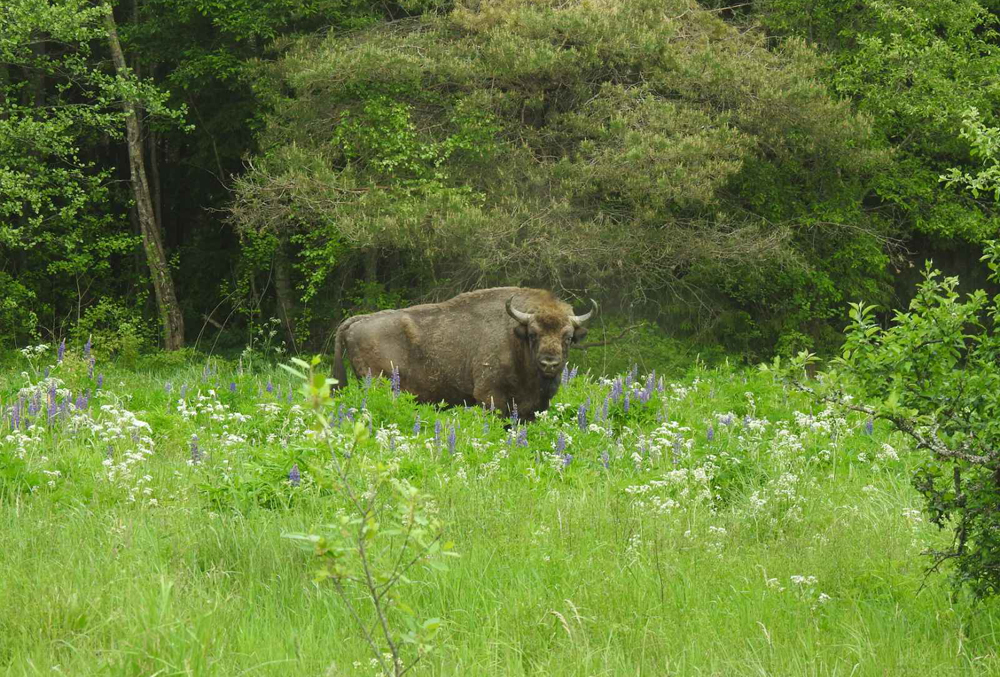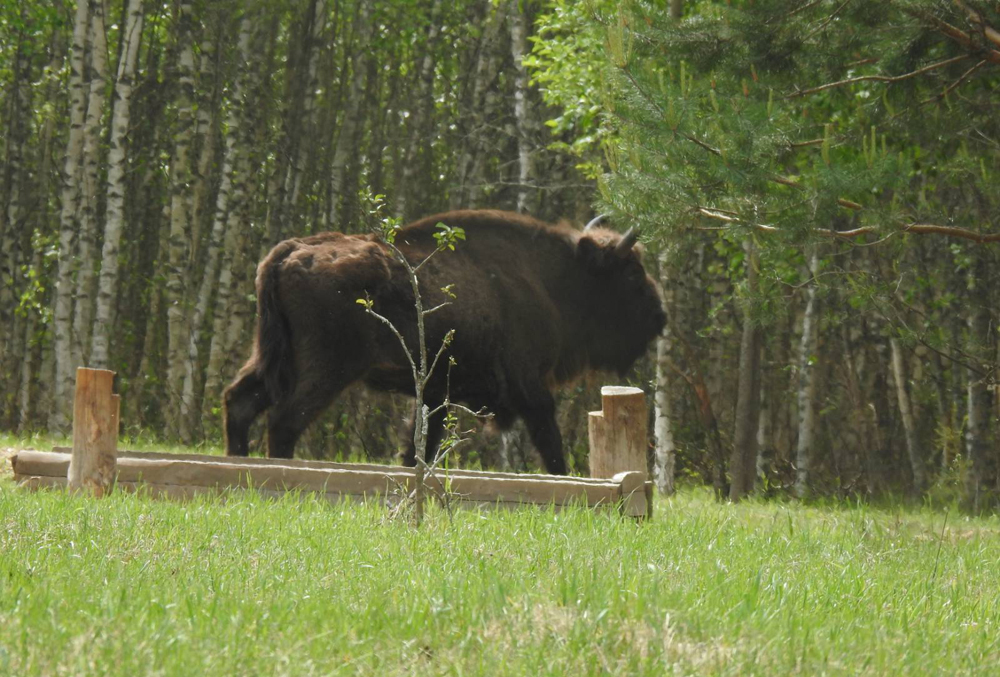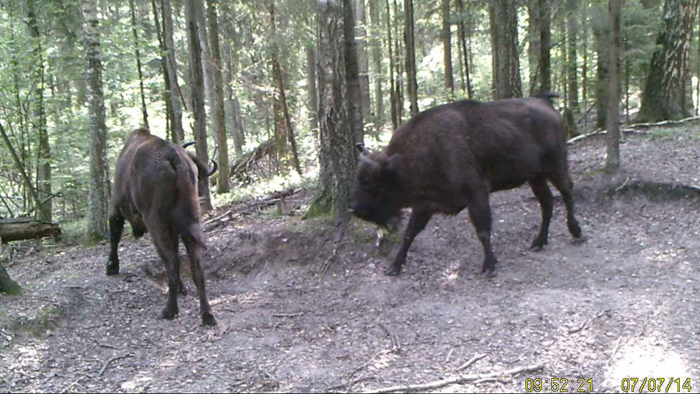
The Belovezhsky bison is a living monument of the European fauna, an unofficial symbol of Belarus and the largest mammal in the Berezinsky Reserve. Back in the 16th-17th centuries, the specie was fairly common for the northern part of our country. But soon the population of this animal began to decrease due to fires, logging, numerous wars, poaching and hunting. The last time local residents saw traces of aboriginal bison in Belovezhskaya Pushcha was in April 1919.
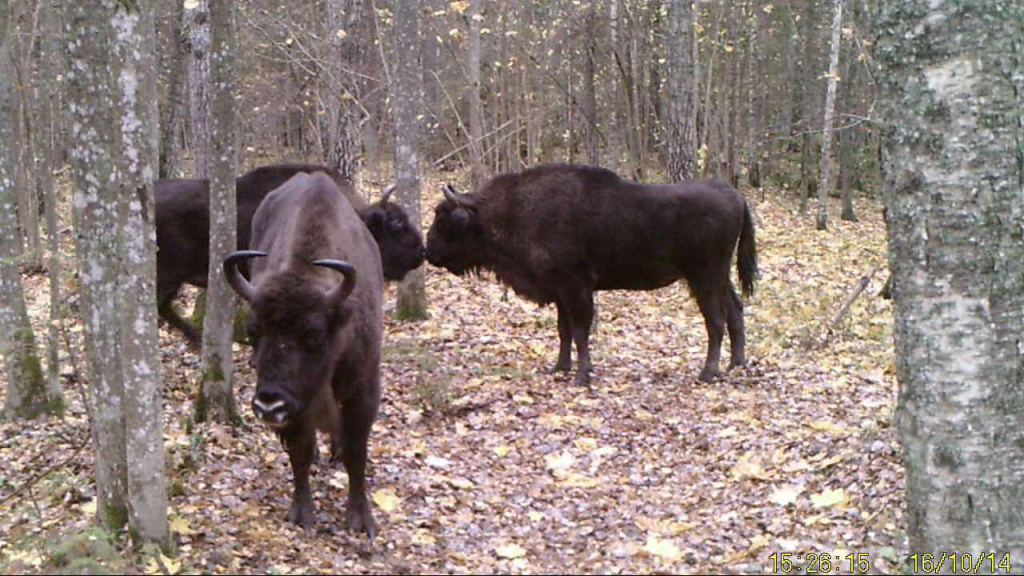
100 years ago, in 1923, the 1st International Congress of the Union for the Conservation of Nature took place in Paris, where a delegate from the State Commission for the Protection of Nature of Poland, which then included the entire territory of Belovezhskaya Pushcha, Jan Stoltsman presented a project to save the bison from final extinction. For the purposes of the project, it was supposed to use those single specimens of animals that were kept in Germany, Sweden, Poland and England. As a result, the International Society for the Preservation of Bison was created, which conducted a census of all the bison preserved in the world. There were only 54 of them. In 1929, work began on the reacclimatization and revival of bison in Belovezhskaya Pushcha.
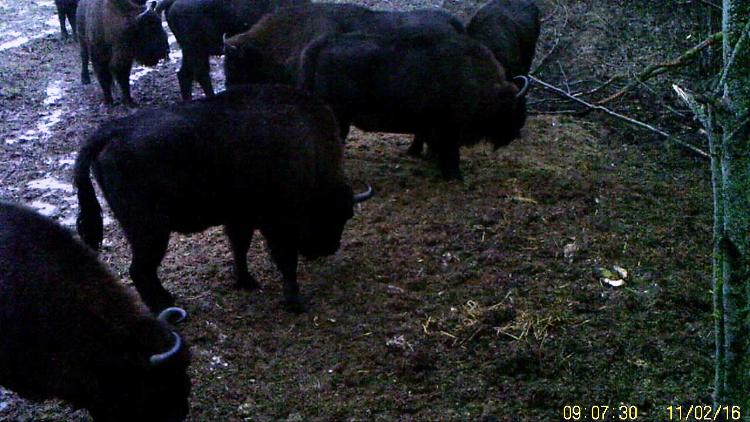
By decision of the “Glavpriroda” of the Ministry of Agriculture of the USSR, in the spring of 1974, 5 Belovezhsky bison (1 male and 4 females) were imported from the bison nursery of the Prioksko-Terrasny Reserve and released into the territory of our reserve. Upon arrival, the animals were placed in a temporary enclosure located in the Uvyazok natural boundary in the southern part of the reserve. But keeping bison caged did not last long. Already in April, the animals were frightened by a bear, broke the fence and went into the forest. Until November, they moved around the territory of the reserve, and with the onset of winter, they moved to the agricultural fields adjacent to the protected area and to the forests of the Borisov forestry.
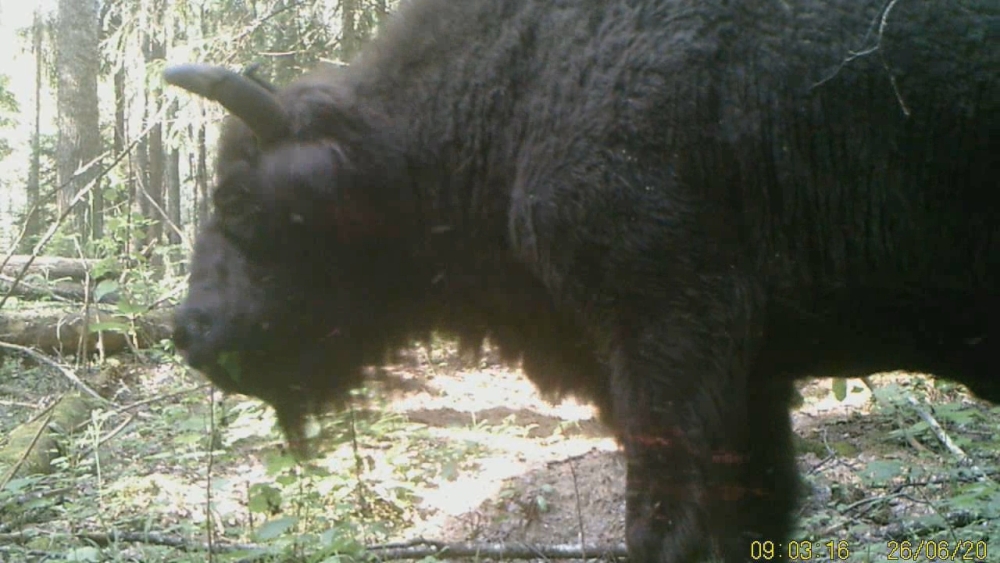
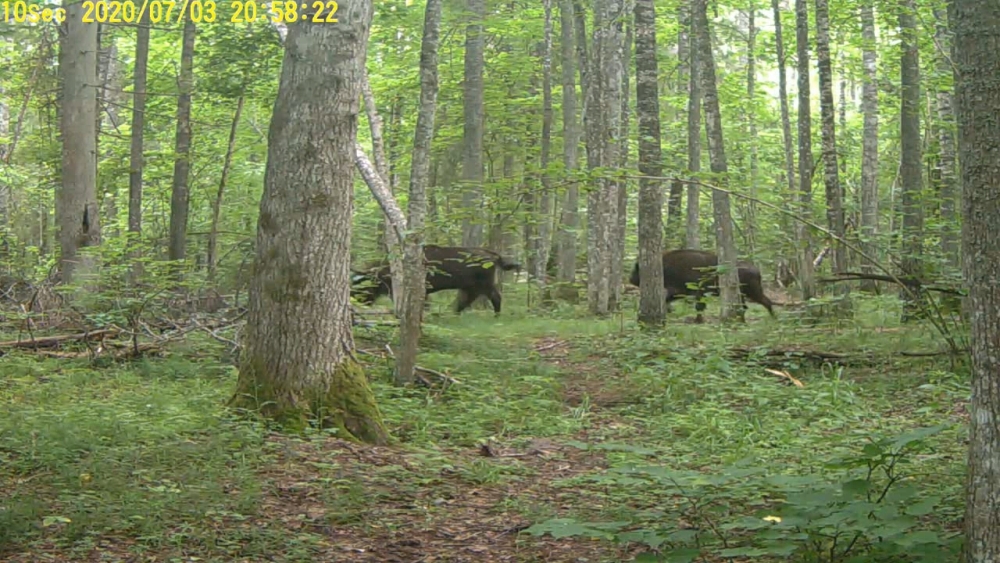
Thus, one of the 10 free-living bison micropopulations, Borisov-Berezinsky, was formed on the territory of our reserve and transferred under its protection.
In order to maintain the genetic diversity of the micropopulation and as part of the implementation of the State Program "Environmental Protection and Sustainable Use of Natural Resources" for 2021-2025 in December 2022, 15 individuals of the European bison (3 males and 12 females under the age of 7 years) were removed from the micropopulation of the Osipovichi experimental forestry and then temporarily kept in an open-air cage on the territory of the hunting farm “Berezina” in the vicinity of the Brody village, Borisov District.
About a month ago, they were released from the enclosure into the wild, which is their natural habitat.
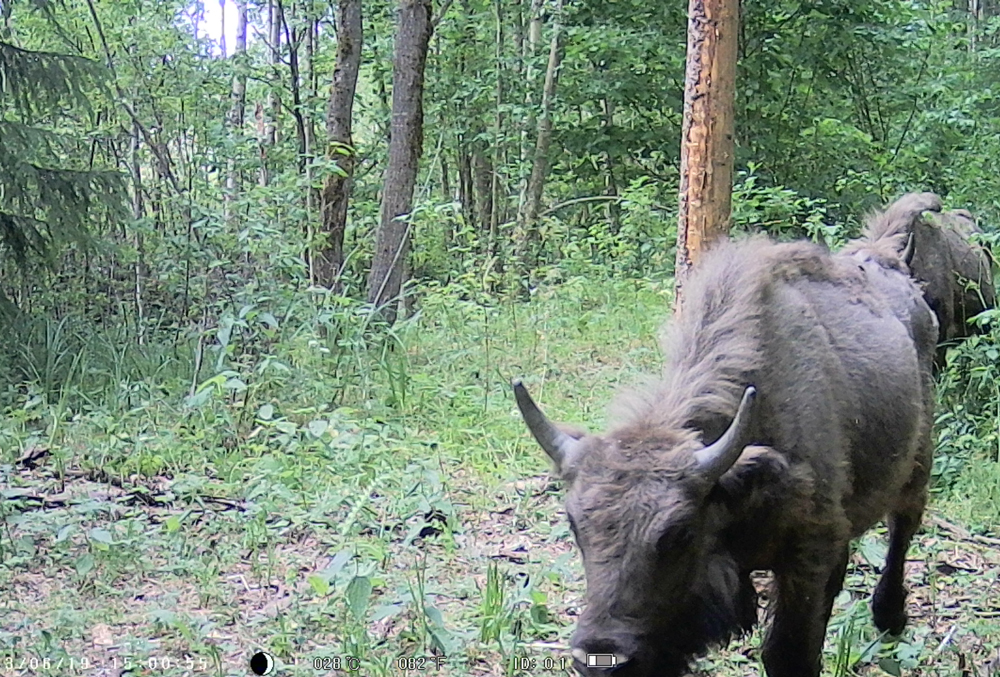
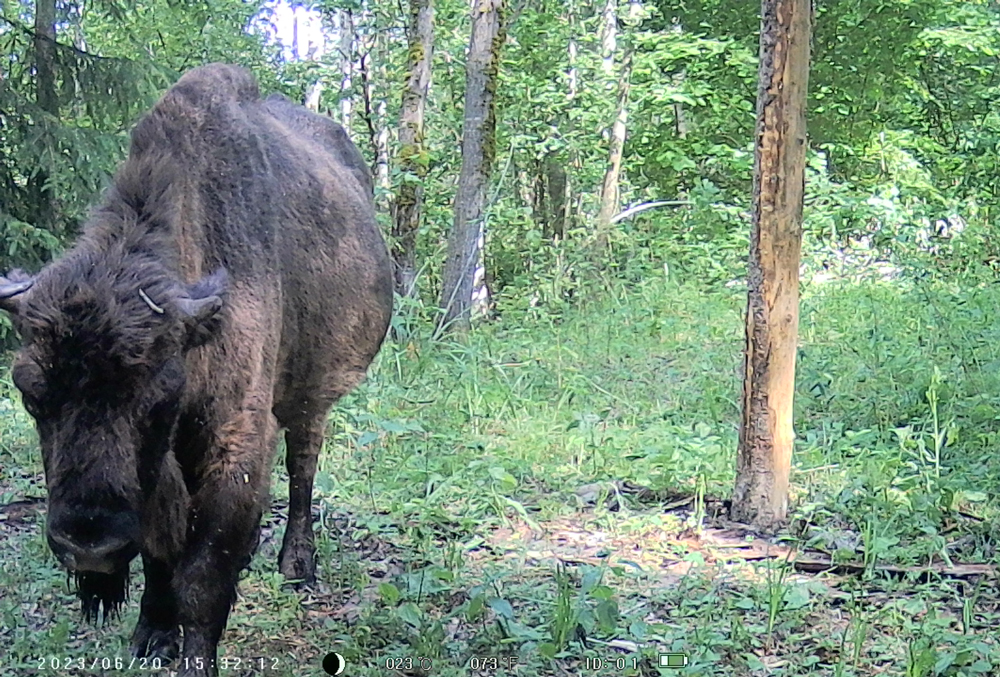
Animals are gradually adapting to new conditions, discovering new territory, and the forest guards constantly monitor, examine and take care of our bison population.
